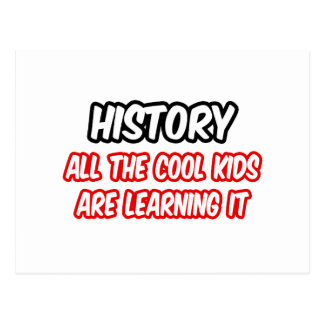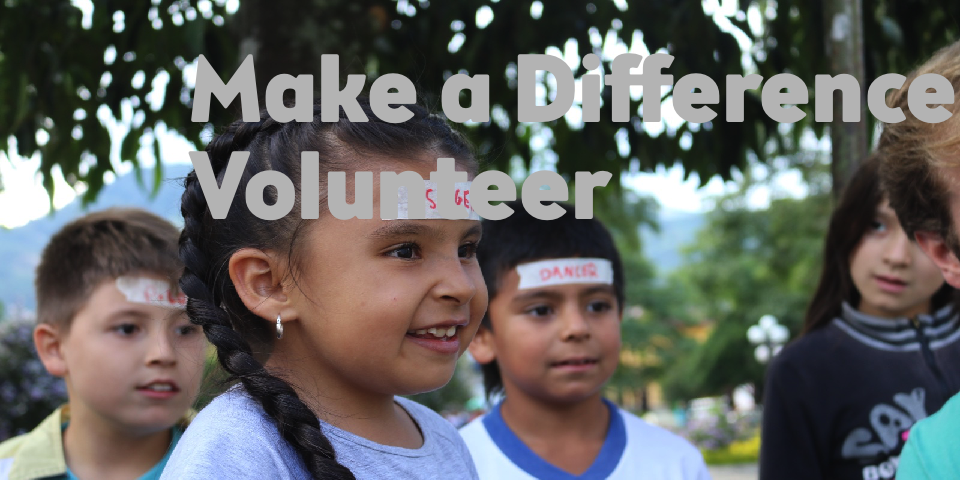We’re moving into our new place and we have this great room with big shelves that we are going to make the Exploratorium! The idea is to have age/difficulty-versatile stations that provide Explorers with hands-on activities that help their learning process! Our idea is similar to a Montessori style classroom where the students get to choose what they work with, have instruction but teach themselves through trial and error by themselves as well. We’re sure that the Exploratorium will end up developing in its own way but we have an idea of what we would like it to be now. The Exploratorium will have stations each of which focuses on a subject: art, math, science, history, cultural studies, language, music, and computer science.


Luckily we have a room with big shelves that we can use to organize things by category/station. The idea is to have an open space with a rug. We want things on the walls like periodic tables, meaningful art, maps, and other informative posters. We have read that Montessori for example likes keeping the walls as simple as possible. We are somewhere in between that and the average public American classroom.

We don’t want meaningless posters with motivational quotes and cute animals because we agree with Montessori that they can be distracting and not educational. We do however see the benefit of having learning materials up on the walls for reference or for kids to learn from and memorize information during their time in the Exploratorium.



Two other basics but must-haves are an abacus and a globe. We both went to Montessori preschool (and I stayed for Kindergarten) and I learned so much beginner’s math on an abacus! I’ve also always had a fascination with globes. I’d like to have interactive globes for the kids to really explore and understand the world!
Along with the abacus, I’d like to create this bead set that is used in such a variety of ways to teach beginners math like counting all the way to more advanced division and multiplication.
Math will be an important part of the Explorers. We want to connect math with our everyday lives and see the connections between math and music, and math and language. Math is one of the subjects that many people just shut off claiming it is too hard. We want that to end at ACA and make math make more sense in a real life way!

Obviously, more than anything ACA is language-focused so as many stations as is possible will have language elements. We want activities to be as hands on as possible and many of them to have a self-check option upon completion so they can teach themselves! These are some great and easy basic language tasks that we can have separated in little ziploc bags for the kids to go to their own space and do!



We want to make reading and writing a constant part of the Explorer experience. Some of the options of activities in the Exploratorium will be to read books and/or write summaries on the books. We will also provide writing prompts, encourage children to write poetry and engage in critical thinking about the materials we read!

We really want to incorporate art as much as we can in our teaching! When kids are doing the art station of the Exploratorium, we will have different arts and crafts options that will rotate as we run of out supplies and get new ones donated.
We want to have watercolors, beads, clay, folding paper, safety scissors, an easel, and a variety of other supplies. Sometimes we want the art to be free time and other times we will have the kids pick from a variety of proposed projects that correspond to each of the materials.
For example, one day we might ask the students to paint a geographic formation or a body of water. Another day we might ask them to string a necklace of beads in a pattern we give them of numbers with a key that shows which number is which color. The more hands-on activities that can get them engaged in art and simultaneously connecting other subjects the better! 
Obviously there are a variety of subjects I mentioned above that I haven’t talked about. For history, I want visuals or books of relatable historical discoveries and a timeline of humanity and inventions.
I LOVE history but I know many people find it boring 🙁 . I want to find a way to teach it in a relatable way and show how cool it really is!
For example teaching kids how long humans have been around, how long before that dinosaurs were around, when we believe fire was discovered by humans, when the wheel was discovered, how long people have been bathing everyday, the invention of elecricity, how long the internet has been around, etc!
I also want to learn and teach more about Jardin, Antioquia, and Colombia‘s histories so these students can learn more about their home as well! History can be made fun and it can really help us understand why we are where we are now
In the science stations we want to have experiments for the kids to do as well as systems to learn about making a hypothesis and then testing a theory. We also would like the Explorers to have plants so we can observe the changes the plant makes and conduct experiments as well. We want to make science more relatable as well and learn about all the ways that science controls (and can make sense of) the world around us!


MUSIC! Music is so important to us as individuals and to the ACA program! We have already had classes that are more music based than anything and have taught rhythm and tone to the students! We would love to have a variety of instruments for them to experiment with. If we could they would all have their own pianos but that doesn’t look to be in the budget so we would look for instruments like drums, shakers/maracas, rhythm sticks and xylophones/maribas/glockenshpiels!




We want to teach the Explorers basic coding and later delve further into computer science.
Some coding activities to learn basic coding are done without computers. For now that will be what we work with them on but we do have the potential to access local computers as a group!
We’ve been working with the Explorers in our house the past two Wednesdays doing special projects that would be hard to do standing outside in the park. Bringing the Explorers to our house is a good way of distinguishing them for their efforts and giving them a reward.
Even though our house is very bare now and we are just working in chairs at tables (today we used the projector!), it is something more special and school-like! When the Exploratorium is complete and the house is completely in order it will be even more of a treat to get invited!

